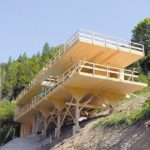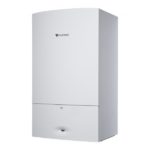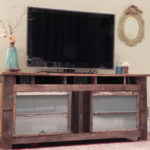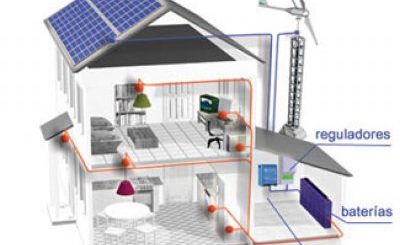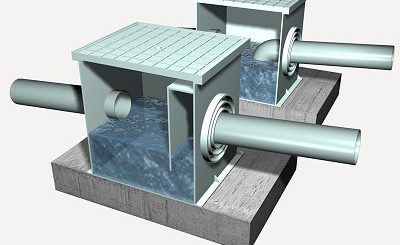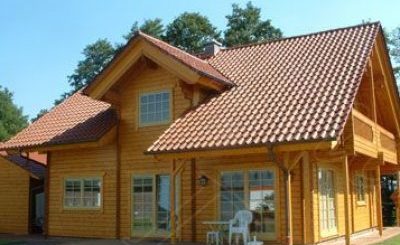How to Apply Natural and Cross Ventilation to Reduce Overheating
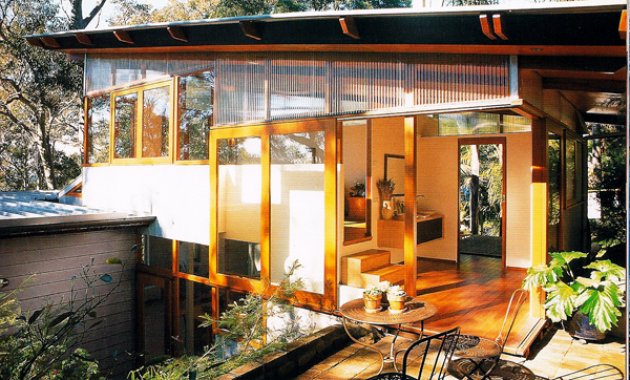
How to Apply Cross and Natural Ventilation to Reduce Overheating
Ventilation is one of the most effective passive strategies for reducing the effective temperature inside a building. Unlike mechanical systems, natural ventilation takes advantage of pressure differences and air movement to improve thermal comfort without energy consumption.
-
🌬️ Understand how ventilation works
Ventilation can either renew indoor air or simply move it. Both actions reduce the effective temperature by bringing in cooler air or increasing airflow speed. According to ASHRAE guidelines, air movement is essential for reducing the sensation of heat. -
🏡 Apply direct natural ventilation
Opening windows helps equalize pressure between the interior and exterior. A single opening can generate basic airflow: in winter, air enters from the bottom and exits through the top; in summer, the flow reverses. When multiple openings are placed on the same façade or in different orientations, airflow increases. -
↔️ Optimize cross ventilation
The most effective strategy to dissipate heat is to place openings on different façades, not necessarily opposite ones. This takes advantage of pressure differences around the building to induce continuous airflow. Cross ventilation can also be created by placing openings at different heights on the same façade. -
📐 Avoid stagnation zones
In tall buildings, low-pressure areas can form, reducing the performance of natural ventilation. These stagnation zones can be minimized by adjusting the building height or elevating it above ground level. The goal is to maintain sufficient pressure differences to generate airflow. -
🪟 Add openings in the roof to expel hot air
Hot air rises, so creating high-level or roof openings favors natural extraction. This generates an upward airflow from lower floors to upper floors, helping remove accumulated heat. -
🧱 Use façade projections to induce pressure differences
Projections or volumetric elements on the façade can generate micro-zones of overpressure and underpressure. This stimulates air movement and improves passive ventilation. -
🏞️ Avoid placing two openings directly face-to-face
Although this increases air speed, a direct flow can leave interior areas without proper air renewal. It is better to incorporate interior obstacles or pathways that force air to move through more rooms. -
🎯 Control air velocity with openings of different sizes
By applying the Venturi effect, using openings with different dimensions can accelerate airflow and improve thermal comfort. Air velocity directly affects perceived overheating. -
📚 Explore resources and practical examples
For more sustainable construction solutions, visit the Vilssa search tool or related content such as this article on bioclimatic architecture.

®edited by the Construccion.Vilssa editorial team (revised version)








